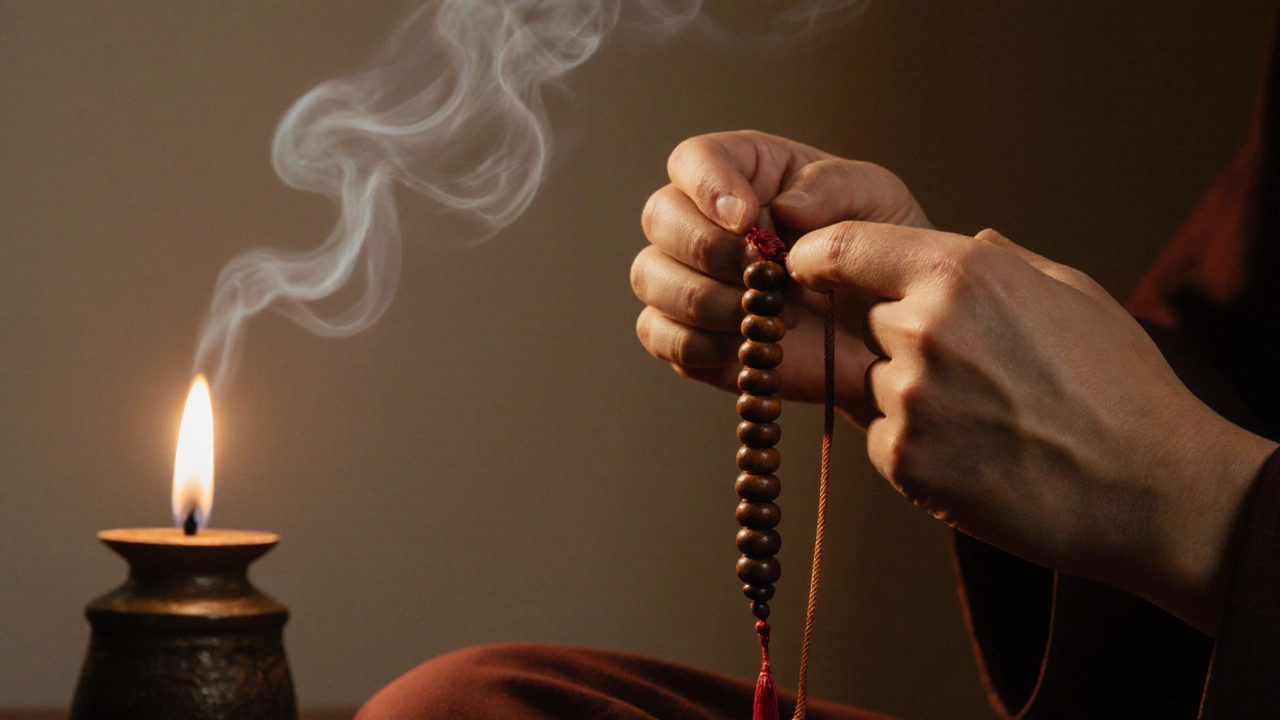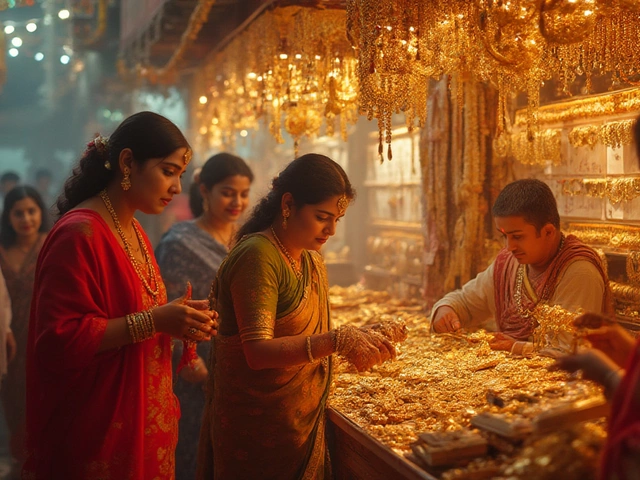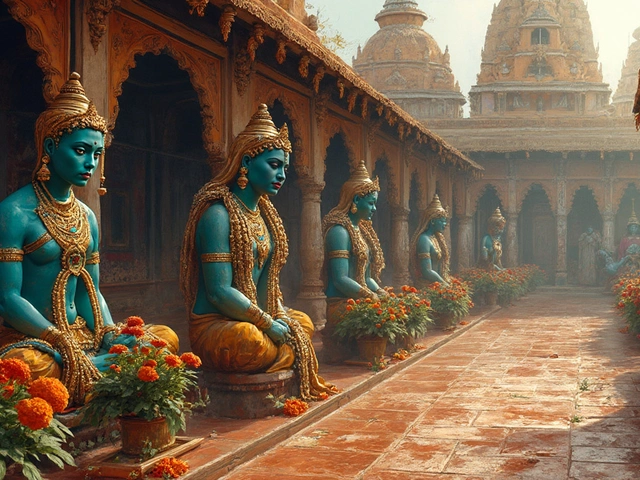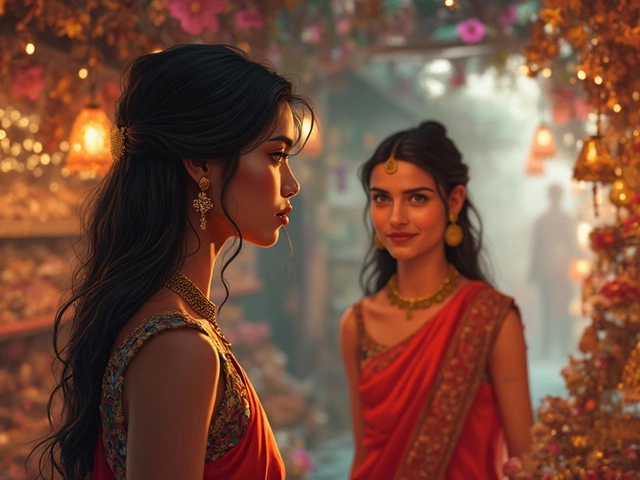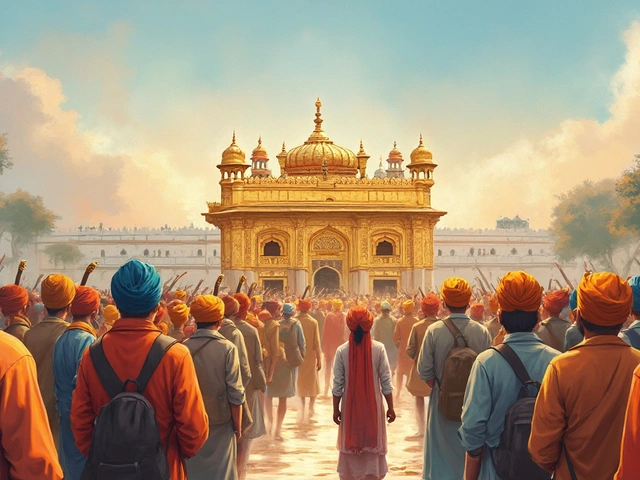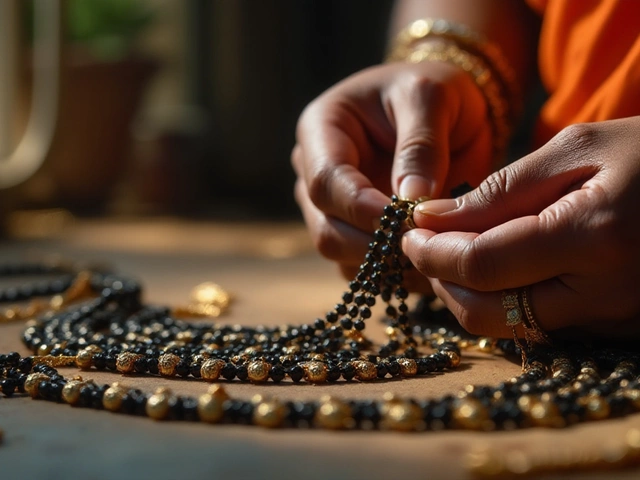Good Luck Jewelry: Meaning, Symbols, and How to Choose
When talking about good luck jewelry, pieces that are believed to bring protection, wealth, or marital harmony. Also known as auspicious jewellery, it often mixes metal, gemstones, and cultural symbols to create a wearable charm.
Key symbols that make a piece lucky
One of the most popular forms is the mangalsutra, a sacred necklace tied during Hindu weddings. It usually features black beads, tiny obsidian or onyx beads believed to ward off the evil eye. The combination of gold and black beads creates a visual cue that “protects the wearer” and “binds the couple”. Another common talisman is the black bangles, wide cuffs worn on the wrist to attract good fortune and keep negative energy at bay. Their deep color is thought to absorb harmful vibes, while the metal—often gold or silver—adds a layer of wealth symbolism. Together, mangalsutra, black beads, and black bangles form a trio that many Indian families use to secure marital bliss and financial stability. Gold itself is a core element of good luck jewelry. The 750 hallmark indicates 18‑karat purity, meaning the piece is 75 % gold and 25 % other metals, which gives it both durability and a bright, auspicious hue. Whether a pendant, ring, or chain, gold’s shine is traditionally linked to prosperity, making it the go‑to metal for any lucky charm. If you prefer stones, the Indian town of Panna is famed for emeralds, which are believed to bring health and success. Pairing a Panna emerald with black beads can amplify both protective and growth‑oriented energies. So whether you choose a simple gold chain with a single black bead or a fully decked mangalsutra, the underlying idea remains the same: combine culturally‑rooted symbols to invite positive outcomes.
Below you’ll find a curated set of articles that dig deeper into each of these symbols, explain how to verify authenticity, and offer practical tips for picking the right piece for your needs. Whether you’re shopping for a wedding, a personal talisman, or a gift, these guides will help you make a confident, informed choice.
How Many Beads Bring Good Luck? A Complete Guide to Auspicious Numbers
Discover which bead counts are considered lucky across cultures, their meanings, and how to choose the right number for bracelets, malas, and necklaces.
